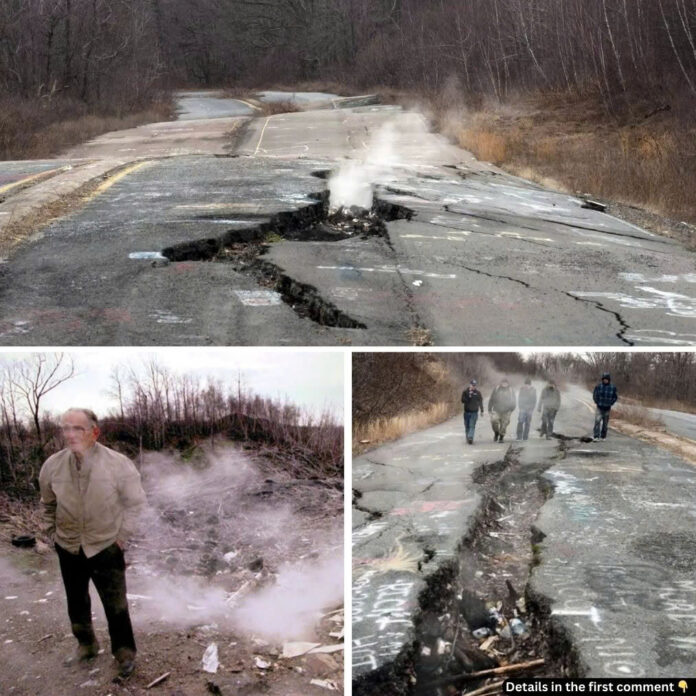In the rolling hills of Pennsylvania lies an extraordinary testament to the unintended consequences of human intervention. Centralia, once a vibrant coal mining community, now stands as a haunting reminder of how a simple decision can lead to devastating, long-term consequences. For over 60 years, an underground fire has been burning beneath this town, transforming it from a thriving hub of activity into an apocalyptic landscape that few dare to call home.
The Rise and Fall of a Mining Town
A Prosperous Beginning
Centralia’s story begins in the mid-19th century when it was officially incorporated as a borough in 1866. Like many Pennsylvania towns of that era, coal mining fueled its economy and shaped its identity. At its peak in 1890, Centralia was home to nearly 2,800 residents who enjoyed a surprisingly vibrant community life with seven churches, numerous shops, theaters, hotels, and—perhaps most telling of its character—27 saloons. The rich anthracite coal deposits beneath the town provided stable employment and prosperity for decades.
Seeds of Disaster
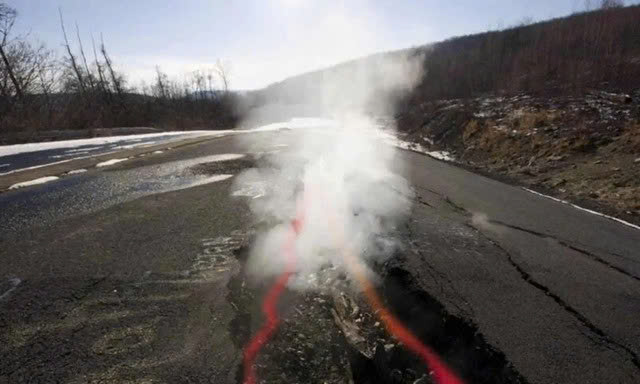
The Great Depression hit Centralia hard, forcing the Lehigh Valley Coal Company to close several mines by the late 1920s. These closures left a complex network of abandoned tunnels beneath the town—a forgotten infrastructure that would later prove catastrophic. These empty veins running under residents’ feet became the perfect conditions for disaster, though no one realized it at the time.
The Fire That Never Dies
The Fateful Decision
The pivotal moment in Centralia’s history came in May 1962. The town council, faced with managing a growing landfill in an abandoned strip mine pit near the Odd Fellows Cemetery, made what seemed like a practical decision at the time: to clean up the site by burning the trash. This routine municipal waste management practice would prove to be the town’s undoing.
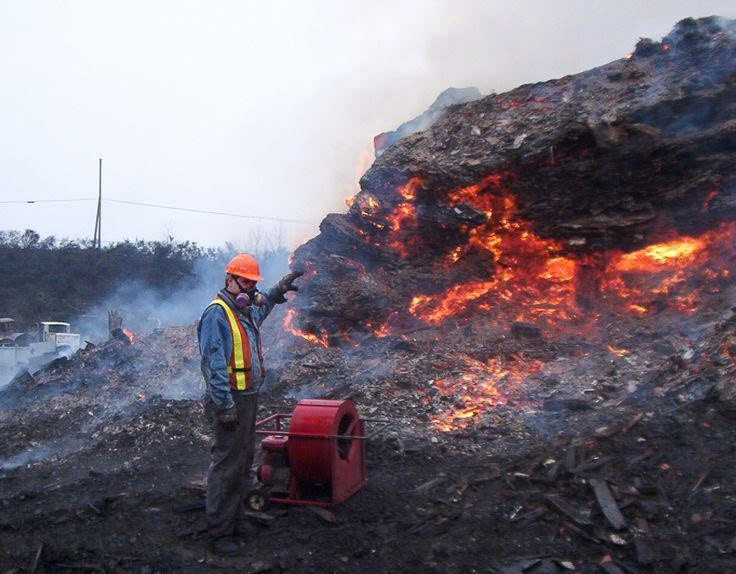
What the council members didn’t realize was that the landfill had an unsealed opening that connected directly to the abandoned coal mines below. The fire they ignited found its way into these tunnels, where it encountered an almost limitless supply of fuel in the form of coal seams. Despite early attempts to extinguish it, the fire took hold with devastating tenacity.
Failed Containment

As the underground inferno spread, it created a nightmare scenario for Centralia’s residents. The fire traveled through the mine tunnels, eventually reaching depths of 300 feet and spreading across an area of approximately 8 square miles. Deadly gases, including carbon monoxide, began seeping into homes. The ground became unstable as coal seams burned away, causing sinkholes to appear without warning.
In a particularly chilling incident in 1981, a 12-year-old boy named Todd Domboski narrowly escaped death when the ground suddenly opened beneath his feet, creating a steaming sinkhole 150 feet deep. His cousin’s quick action saved him from falling into what would have been a certain death.
Authorities made repeated attempts to control the fire, investing millions of dollars in various strategies. Engineers tried to excavate the burning material, flush the mines with water, and create barriers using non-combustible materials. But each effort seemed to make matters worse, often by introducing more oxygen to fuel the flames.
The Ghost Town Emerges
Exodus and Abandonment
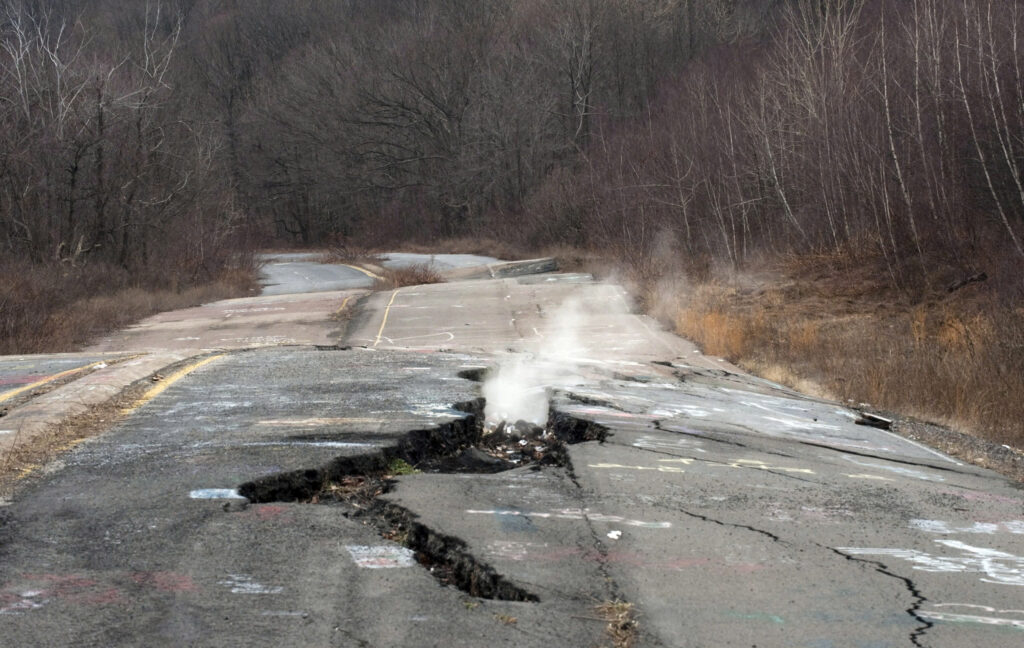
By the 1980s, it became clear that the fire could not be extinguished at any reasonable cost. Carbon monoxide levels in many homes had reached dangerous concentrations, and the ground had become so unstable that residents lived in constant fear of collapsing into fiery sinkholes.
In 1984, Congress allocated $42 million for the relocation of Centralia’s residents. Most accepted the buyout offers and moved away, their homes subsequently demolished. By 1992, Pennsylvania formally condemned the entire borough and claimed all property under eminent domain. Streets that once bustled with life became overgrown pathways leading nowhere. Schools, businesses, and churches—the foundations of community life—were razed to the ground.
The Final Holdouts
Despite the obvious dangers, a small group of residents refused to leave their homes. Following legal battles with the state, a settlement was reached allowing these final residents to remain in their homes for the rest of their lives, after which their properties would revert to government ownership. As of 2020, only five people still called Centralia home, living in what amounts to a post-apocalyptic landscape.
Centralia Today
An Otherworldly Landscape
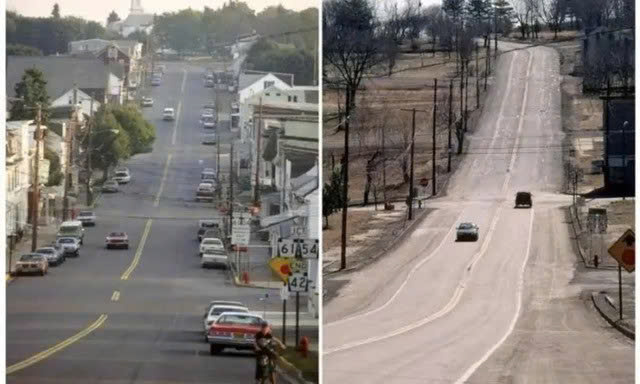
The Centralia of today bears little resemblance to the mining town it once was. Most buildings have been demolished, leaving only a few scattered structures amidst empty lots reclaimed by nature. In certain areas, wisps of smoke rise eerily from cracks in the ground, especially visible on cold days when the steam condenses in the air. The earth’s surface temperature in some places exceeds 1,000 degrees Fahrenheit, supporting unusual vegetation patterns—some areas remain barren while others feature unseasonable growth.
Perhaps the most famous feature of modern Centralia was “Graffiti Highway”—a stretch of abandoned Route 61 covered in colorful artwork left by visitors from around the world. This unofficial attraction became a symbol of the town’s strange afterlife, though it was officially closed to the public in 2020 when the property owner covered it with dirt to discourage trespassers.
A Cultural Icon
Centralia’s bizarre circumstances have firmly established it in American popular culture. Its smoking landscape and abandoned streets served as inspiration for the horror film “Silent Hill” (2006) and have been featured in numerous documentaries, books, and podcasts. Urban legends and tales of hauntings have become attached to the town, with some connecting its fate to the violent history of the Molly Maguires, a secret society active in Pennsylvania’s coal region during the 19th century.
The Future of Centralia
A Fire With No End in Sight
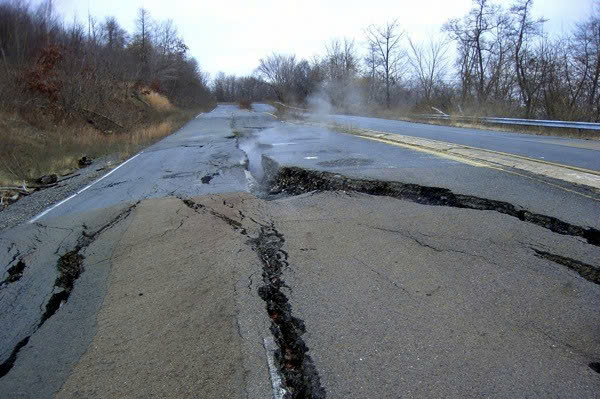
Experts estimate that the fire beneath Centralia could continue burning for another 250 years, given the extensive coal deposits that remain. No further serious attempts have been made to extinguish it, as the cost would far exceed any potential benefit. Environmental scientists continue to monitor the fire’s impact on the surrounding ecosystem, using it as a case study for understanding long-term environmental disasters.
Video
A Warning for Future Generations
Though Centralia itself may be disappearing—it has lost its zip code, been removed from many maps, and seen its streets renamed or unmarked—its legacy endures as a powerful cautionary tale. The town stands as a stark reminder of how seemingly small decisions can have catastrophic, irreversible consequences that span generations.
Visitors who make the journey to this strange place often describe feeling a profound sense of unease mixed with fascination. Walking through the remains of Centralia offers a glimpse into a possible future where human habitation has been reclaimed by nature—not through natural disaster or warfare, but through a slow-burning apocalypse that continues to this day, invisible except for the telltale signs of smoke rising from the earth itself.
Conclusion
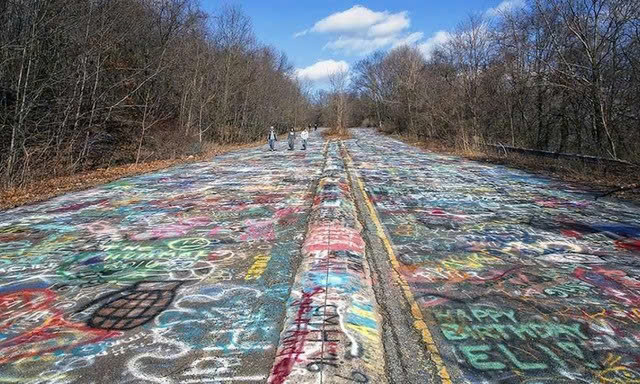
Centralia’s transformation from thriving coal town to abandoned wasteland represents one of America’s most unusual environmental disasters. The underground fire, which has now burned longer than many of the town’s former residents lived, continues its slow, inexorable consumption of the earth beneath. While most of Centralia’s physical structures have disappeared, its story remains intensely relevant as a powerful illustration of humanity’s complex relationship with the environment and the unforeseen consequences our actions can have on the world around us.
As climate change and environmental concerns dominate global conversations, Centralia offers a tangible example of how human activities can create problems that extend far beyond our ability to solve them. In this sense, the smoking ruins of this Pennsylvania town may be one of the most important places in America—a place where we can witness firsthand the profound and lasting impact we can have on the world we inhabit.
